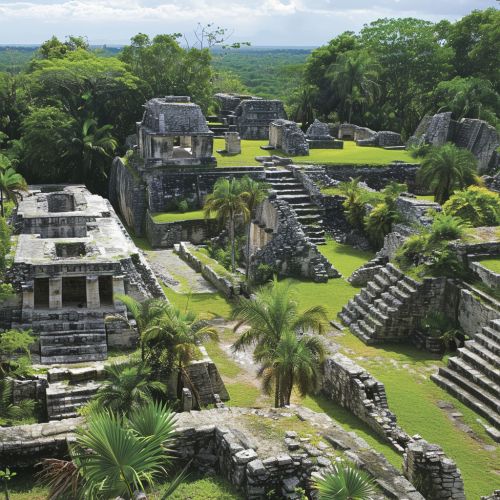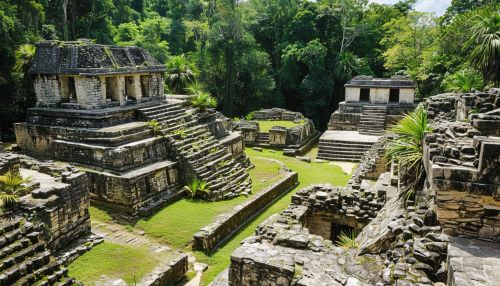John Lloyd Stephens
Early Life and Education
John Lloyd Stephens was born on November 28, 1805, in Shrewsbury, New Jersey. He was the second son of Benjamin Stephens, a successful merchant, and Clemence Lloyd Stephens. His early education was conducted at home under the guidance of his mother, who instilled in him a love for literature and learning. At the age of 13, Stephens enrolled at Columbia College, where he excelled in his studies and graduated with honors in 1822. He then pursued a legal education at the Litchfield Law School in Connecticut, one of the most prestigious law schools in the United States at the time.
Legal Career
After completing his legal studies, Stephens was admitted to the bar in 1824 and began practicing law in New York City. He quickly gained a reputation as a skilled and eloquent attorney. Despite his success in the legal field, Stephens harbored a deep-seated passion for travel and exploration, which would eventually lead him to abandon his legal career in favor of a life of adventure.
Travels in the Middle East
In 1834, Stephens embarked on a journey to the Middle East, a region that had long fascinated him. His travels took him through Egypt, Arabia, Palestine, and Asia Minor. During this time, he meticulously documented his observations and experiences, which he later published in two volumes: "Incidents of Travel in Egypt, Arabia Petraea, and the Holy Land" (1837) and "Incidents of Travel in Greece, Turkey, Russia, and Poland" (1838). These works were well-received and established Stephens as a prominent travel writer.
Exploration of Mesoamerica
Stephens' most significant contributions to archaeology and exploration came from his expeditions to Mesoamerica. In 1839, he was appointed by President Martin Van Buren as Special Ambassador to Central America. During his tenure, he met Frederick Catherwood, an English artist and architect, who would become his close collaborator.
First Expedition (1839-1840)
Stephens and Catherwood embarked on their first expedition to Mesoamerica in 1839. They explored numerous ancient Maya sites, including Copán, Quiriguá, and Palenque. Their discoveries were groundbreaking, as they provided the first detailed descriptions and illustrations of these ancient cities. Stephens' account of this expedition was published in "Incidents of Travel in Central America, Chiapas, and Yucatan" (1841), which included Catherwood's detailed drawings.


Second Expedition (1841-1842)
In 1841, Stephens and Catherwood embarked on a second expedition, this time focusing on the Yucatán Peninsula. They explored and documented several significant Maya sites, including Uxmal, Kabah, Labná, and Chichen Itza. Their findings were published in "Incidents of Travel in Yucatan" (1843), which further solidified Stephens' reputation as a pioneering explorer and archaeologist.
Contributions to Archaeology
Stephens' work in Mesoamerica had a profound impact on the field of archaeology. His detailed descriptions and Catherwood's precise illustrations provided invaluable documentation of the Maya civilization. Stephens was one of the first to suggest that the Maya cities were built by the ancestors of the indigenous people living in the region, challenging the prevailing belief that they were constructed by a lost or foreign civilization.
Later Life and Legacy
After his explorations in Mesoamerica, Stephens returned to the United States and continued to write and lecture about his travels. In 1846, he became involved in the construction of the Panama Railroad, serving as the vice president of the railroad company. Unfortunately, his health began to decline, and he passed away on October 13, 1852, at the age of 46.
Stephens' legacy endures through his contributions to the understanding of the Maya civilization and his influence on the field of archaeology. His works remain essential reading for anyone interested in the history and culture of Mesoamerica.
